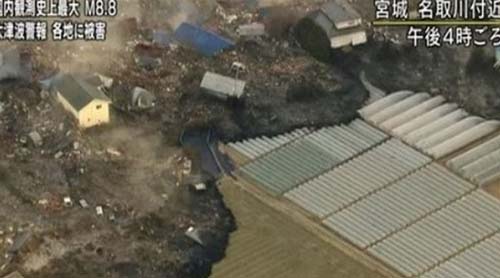A couple of days after the tragic earthquake and tsunami struck the northeast coast of Japan’s main island on March 11, the Newark Star Ledger newspaper ran an article with a headline that promised Japanese Americans’ concerns for relatives in Japan: “Japanese-Americans in Fort Lee, Edgewater describe frantic calls to loved ones in quake’s wake.”
I was bemused — and a little disappointed — to find that the story wasn’t about Japanese Americans. The reporter went up to some shoppers in Mitsuwa, a Japanese supermarket in New Jersey, and from their names and their quotes, I could tell immediately that the people quoted were Japanese. You know, Japanese Japanese. Immigrants from Japan. Or more precisely, shin-Issei, or “new first-generation” Japanese. Or maybe even just Japanese families of business men (or women) or diplomats assigned for a year or three in the U.S. before rotating back to Japan or to another post elsewhere in the world.
There are fewer Japanese Japanese in America than other Asian populations, because fewer Japanese are immigrating to the U.S. than in the past. As of the 2000 census, about 7,000 new Japanese immigrants came to the U.S every year. In contrast, 50,900 Chinese and 17,900 Koreans per year came to the U.S.
So it’s not surprising that a mainstream news organization would mistake Japanese immigrants for Japanese Americans. (I should note that West Coast newspapers did better, and when they interviewed Japanese Americans they were indeed JAs, and when Japanese nationals were interviewed, they were identified as such.)
But still, it struck me that many Japanese Americans are not necessarily closely connected to Japan.
Continue reading











